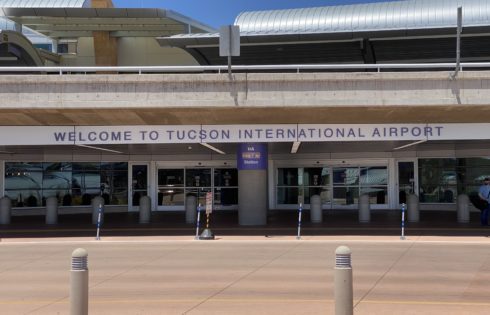
How to Greet Someone at the Airport (On-Time And at the Right Spot) [2024]
Getting a greeting at the airport is one of the best feelings in the world, especially if you have been away for quite some time. Unfortunately, greeting someone at the

Getting a greeting at the airport is one of the best feelings in the world, especially if you have been away for quite some time. Unfortunately, greeting someone at the
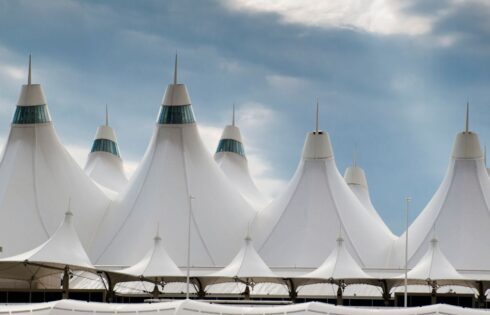
From mysterious underground bunkers housing secret government operations to alleged hidden symbols in its artwork, Denver International Airport is a place chock-full of wild conspiracy theories. But what exactly are
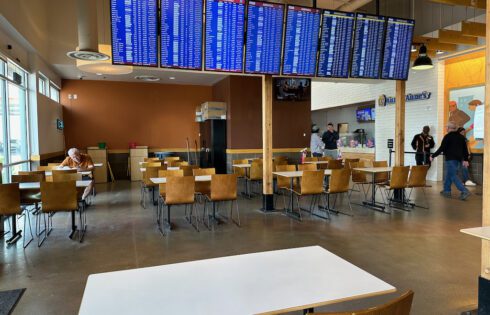
Cell phone parking lots are excellent for providing a free waiting area while waiting to pick up passengers. Usually, these lots are small and at best may have basic amenities
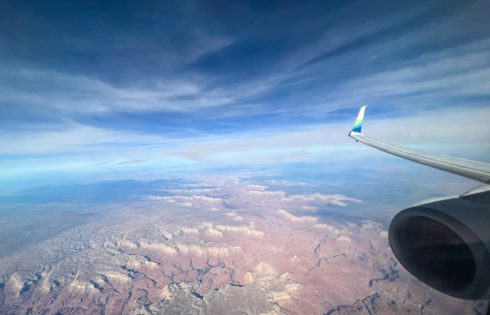
When it comes to flying into and out of Arizona, you have quite a few options. While the state is pretty large (6th largest overall), the airports are clustered mostly
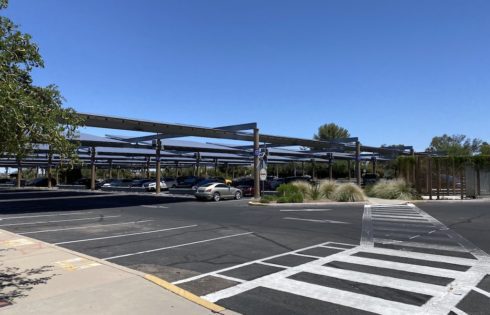
If you regularly park at the airport you may have wondered questions like how much cheaper is the park-and-ride parking versus the airport terminal garage or is it worth it

Airport hotels can be extremely convenient whether you are departing extra early or arriving extra late. There are lots of airport hotels but some of them are special because they
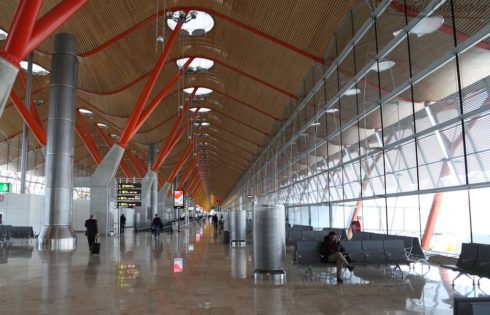
If you are like a lot of travelers, you like to get to the airport early to make sure that you don’t miss your flight and aren’t overly stressed to
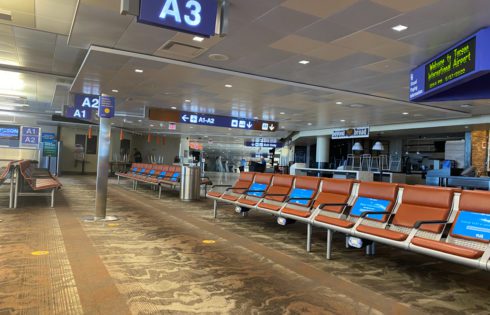
Are you thinking about arriving at the airport extra early or perhaps even staying at the airport overnight but wondering if the airport will remain open? Airport hours are not
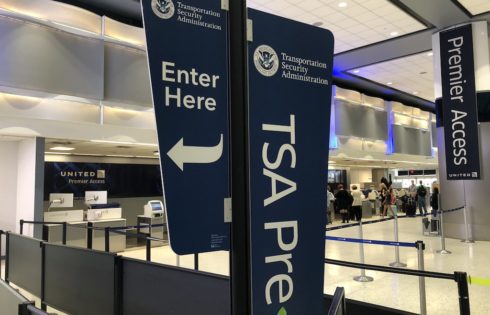
If you’re getting ready to head to the airport make sure that you know exactly what to expect when it comes to TSA. There are quite a few tips that
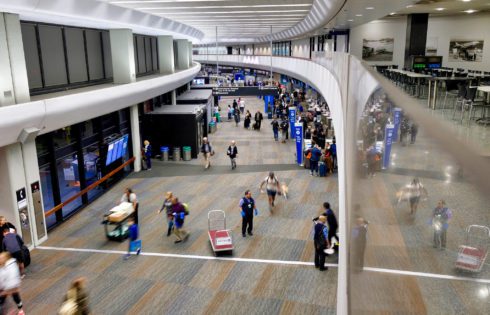
Sometimes, whether by design or necessity, your travel plans involve an extended amount of time in an airport terminal. When your wait time is just a couple of hours, having
| Cookie | Duration | Description |
|---|---|---|
| cookielawinfo-checkbox-analytics | 11 months | This cookie is set by GDPR Cookie Consent plugin. The cookie is used to store the user consent for the cookies in the category "Analytics". |
| cookielawinfo-checkbox-functional | 11 months | The cookie is set by GDPR cookie consent to record the user consent for the cookies in the category "Functional". |
| cookielawinfo-checkbox-necessary | 11 months | This cookie is set by GDPR Cookie Consent plugin. The cookies is used to store the user consent for the cookies in the category "Necessary". |
| cookielawinfo-checkbox-others | 11 months | This cookie is set by GDPR Cookie Consent plugin. The cookie is used to store the user consent for the cookies in the category "Other. |
| cookielawinfo-checkbox-performance | 11 months | This cookie is set by GDPR Cookie Consent plugin. The cookie is used to store the user consent for the cookies in the category "Performance". |
| viewed_cookie_policy | 11 months | The cookie is set by the GDPR Cookie Consent plugin and is used to store whether or not user has consented to the use of cookies. It does not store any personal data. |
